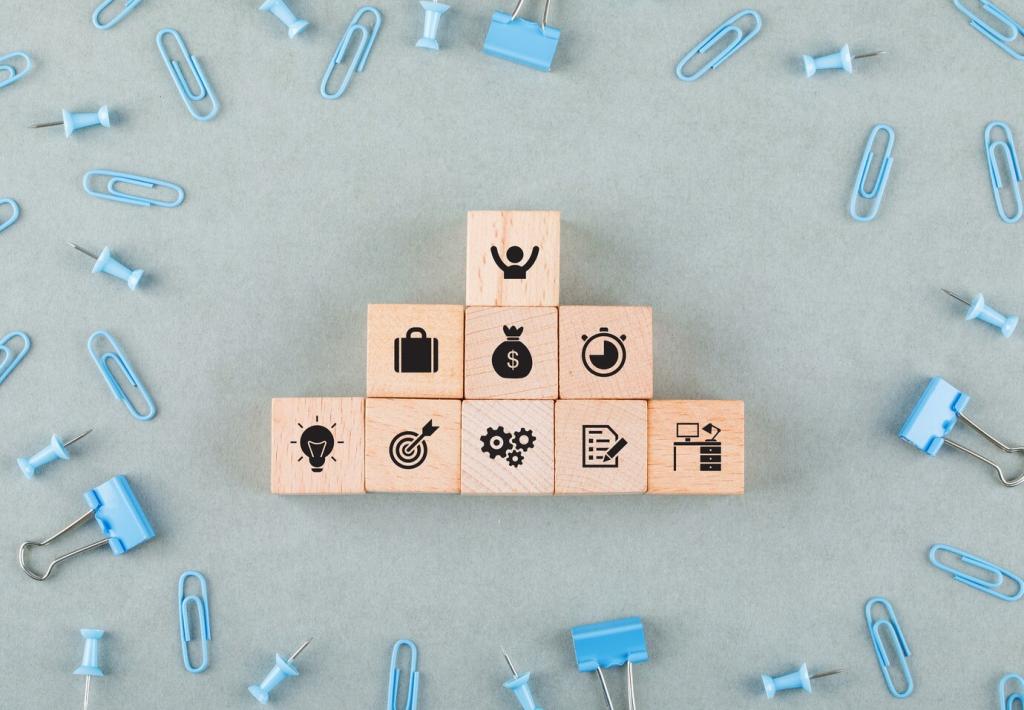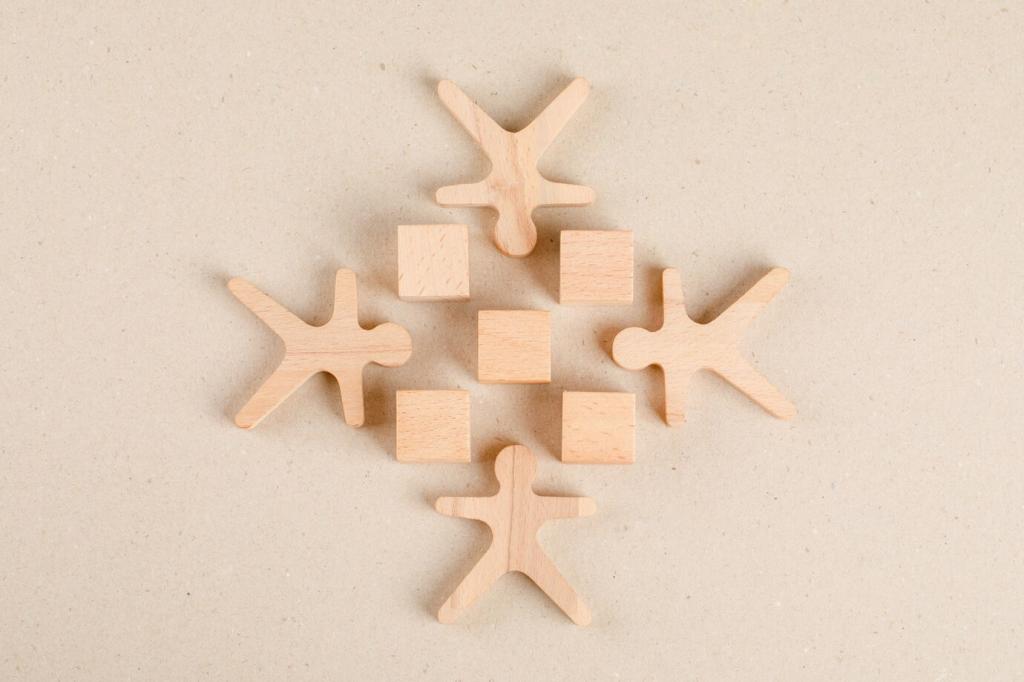Inclusive Collaboration Across Hybrid Teams
Rotate facilitators, use hand-raise queues, and adopt a no-interruption norm. Summarize key points in chat for accessibility and record action items in a shared doc. Invite quieter voices first by asking, “Whose perspective have we not heard yet?” Small structural changes prevent dominance, increase psychological safety, and produce better decisions with less friction.
Inclusive Collaboration Across Hybrid Teams
Default to remote-first practices so location never limits contribution. Share agendas early, document decisions, and keep collaboration in shared spaces rather than private messages. Encourage asynchronous input windows and captioned recordings. These choices reduce meeting overload and ensure that people in different time zones feel equally valued and informed.



